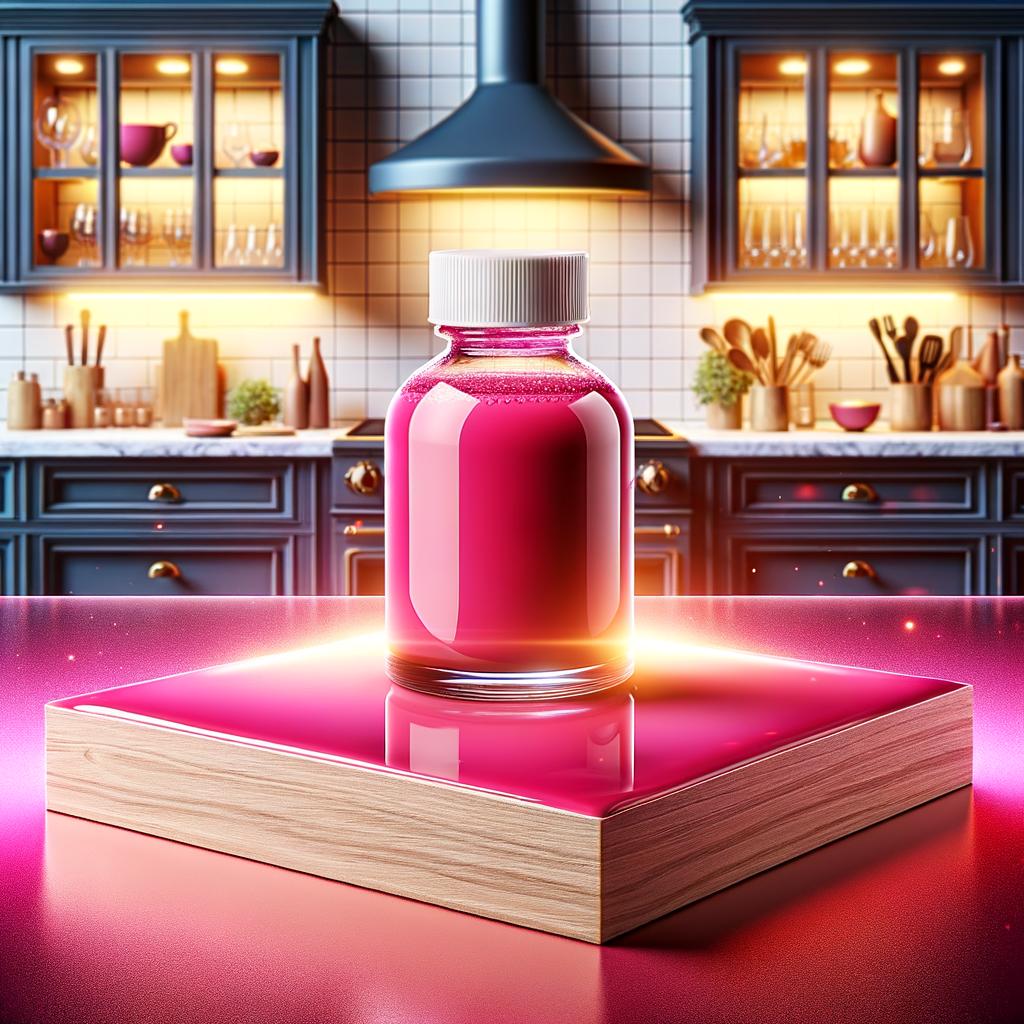Pink Food Coloring

Description
Pink food coloring is a delightful ingredient that brings a splash of joy and a burst of color to any dish it graces. It has a vibrant hue that ranges from a soft blush to a fierce fuchsia, depending on the quantity used. This colorant has no distinctive taste or texture, making it a versatile addition to a variety of dishes without altering the original flavor profile. The unique characteristic of pink food coloring is its ability to transform ordinary dishes into visually stunning works of art, making it stand apart from other ingredients.
Primary Uses
Pink food coloring is primarily used to enhance the visual appeal of a variety of dishes. It's a key player in the world of baking, often used to create pastel-colored macarons, vibrant cupcakes, and stunning layered cakes. It's also used in beverages, candies, and even savory dishes to add an element of surprise and delight. Beyond its culinary uses, pink food coloring is used in DIY crafts and edible art, making it a favorite among creative enthusiasts.
History
The use of food coloring dates back to ancient civilizations, where natural sources such as beetroot were used to add a pink hue to dishes. However, the modern version of pink food coloring was introduced in the 19th century with the advent of synthetic dyes. Its popularity has soared over time, especially with the rise of social media, where visually appealing dishes take center stage. An interesting folklore associated with pink food coloring is the old wives' tale that eating pink food makes one feel more 'loved' - a testament to the color's association with romance and love.
Nutritional Information
While pink food coloring adds visual appeal to dishes, it does not contribute significantly to their nutritional value. It's generally calorie-free and does not contain any vitamins, minerals, or macronutrients. However, it's worth noting that some synthetic food colorings have been associated with health risks, such as allergies and hyperactivity in children. Therefore, natural alternatives like beetroot powder, which also provides a pink hue and offers nutritional benefits like fiber, Vitamin C, and essential minerals, can be a healthier alternative.

